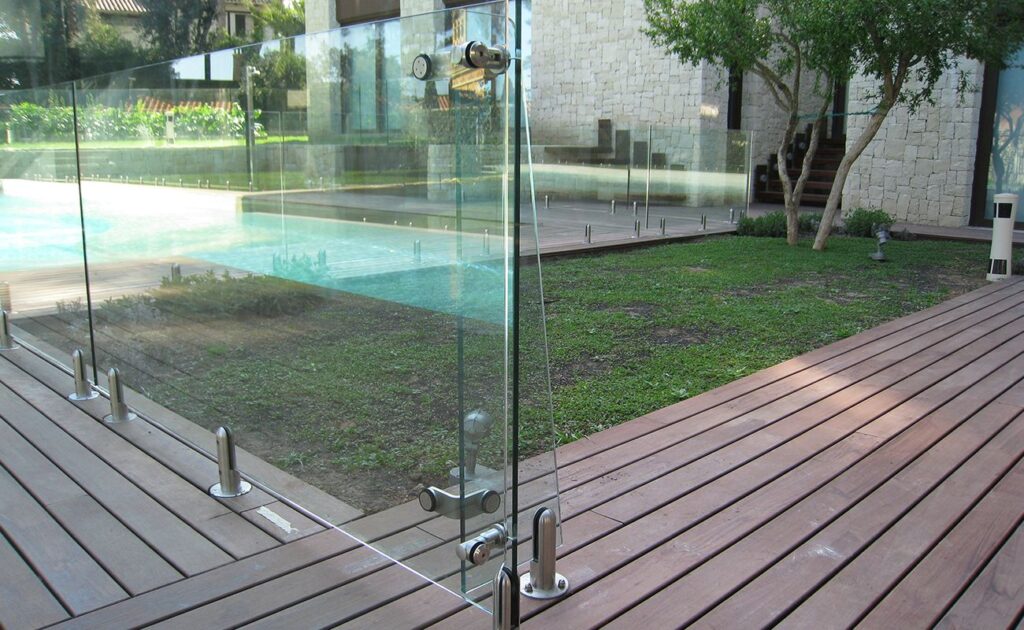GLASS RAILINGS
Glass Railings: Spaciousness and Brightness for Any Space
Custom Glass Fences and Railings
Glass Railings railings have become increasingly common in Spanish homes, standing out in areas such as balconies, terraces, pools, staircases, hallways, elevators, and other interiors. They are particularly notable in stairwells, where they significantly enhance the lighting of any space by allowing light to pass between floors.
The primary purpose of any railing, including glass railings, is to provide protection against falls from heights. Once this safety objective is met, their aesthetic, light-enhancing, and spatial functions become highly important.
Regardless of the material, railings influence light flow, spatial openness, and, of course, decor. The ability of glass railings to address all these factors has made them one of the most popular options for ensuring safety.

Types of Glass Railings by Glass Type
Glass railings can be classified based on the type of glass used, as this can vary depending on the user’s preferences and the specific needs of each space. In this case, we can primarily distinguish up to four variants based on the material used in the installation. These are detailed below.
Contact us for more information on how we can create the perfect option for you.
Glass Railings with Tempered Glass
Railings made with tempered glass are known for their high strength, as the material undergoes thermal and chemical processes that enhance its durability. In the event of breakage, the glass shatters into small fragments, significantly reducing the risk of cuts or injuries.
Glass Railings with Laminated Glass
Laminated glass, similar to that used in car windshields, is composed of multiple layers of glass alternated with transparent plastics that hold the glass together in case of breakage, preventing fragments from detaching. Additionally, this layered structure reinforces the strength of the railing.
Glass Railings with an Air Chamber
The main purpose of railings with an air chamber is thermal and acoustic insulation. This is achieved by integrating air, chemically treated to dehydrate it, between the layers of glass that make up the railing.
Glass Railings with Monolithic Glass
Lastly, monolithic glass railings are characterized by their simplicity, consisting of a single layer of glass. They are common in secure environments with a low risk of breakage. While they provide safety, the consequences of breakage are minimal.
Classification of Glass Railings by Installation Method
Glass railings are also distinguished based on the installation method used. This classification is based on how they are fixed to the environment, whether anchored at the base, supported from the sides, or fully integrated into the building structure.
Classification of Glass Railings by Mounting
Glass railings can be classified based on the type of installation employed, considering how they integrate with the surroundings. These structures can be fixed at the base, anchored at the sides, or fully integrated into the construction.
Integrated Glass Railings
These stand out as the most aesthetic and secure option, although they require a higher investment. This type of installation requires prior design planning in the construction process, as the glass panels must fit into a space specifically prepared to blend with the surroundings.
Base-mounted Glass Railings
This is the most common variant, thanks to its versatility. These railings are installed directly on the floor or at the top of it, creating a floating railing appearance that combines functionality with design.
Side-mounted Glass Railings
In this case, the glass panels are fixed using anchors on the sides, that is, at the right and left ends. This is an ideal option for installations with moderate lengths, as longer sections would require additional support from the base to hold the weight of the glass.




